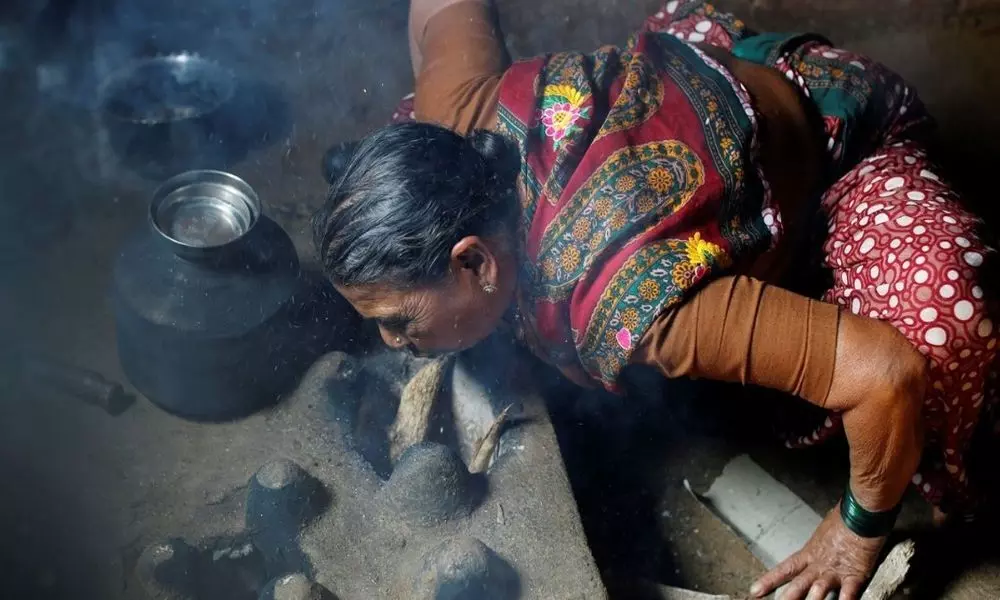Cooking with wood may cause lung damage

Cooking with wood may cause lung damage
People who cook with biomass fuels like wood are at risk of suffering considerable damage to their lungs from breathing in dangerous concentrations of pollutants and bacterial toxins, say researchers, including one of Indian-origin.
New Delhi: People who cook with biomass fuels like wood are at risk of suffering considerable damage to their lungs from breathing in dangerous concentrations of pollutants and bacterial toxins, say, researchers, including one of Indian-origin.
Pollutants from cooking with biomass are a major contributor to the estimated 4 million deaths a year from household air pollution-related illness.
"It is important to detect, understand and reverse the early alterations that develop in response to chronic exposures to biomass fuel emissions," said study co-author Abhilash Kizhakke Puliyakote from the University of California San Diego in the US.
For the findings, the research team investigated the impact of cookstove pollutants in 23 people cooking with liquefied petroleum gas or wood biomass in Thanjavur, India.
The researchers measured the concentrations of pollutants in the homes and then studied the lung function of the individuals, using traditional tests such as spirometry.
They also used advanced CT scanning to make quantitative measurements -- for instance, they acquired one scan when the person inhaled and another after they exhaled and measured the difference between the images to see how the lungs were functioning.
Analysis showed that the ones who cooked with wood biomass were exposed to greater concentrations of pollutants and bacterial endotoxins compared to liquefied petroleum gas users.
They also had a significantly higher level of air trapping in their lungs, a condition associated with lung diseases.
"Air trapping happens when a part of the lung is unable to efficiently exchange air with the environment, so the next time you breathe in, you're not getting enough oxygen into that region and eliminating carbon dioxide," said Dr Kizhakke Puliyakote.
"That part of the lung has impaired gas exchange," Puliyakote added.
The researchers found a smaller subset of the biomass users who had very high levels of air trapping and abnormal tissue mechanics, even when compared to other biomass users.
In about one-third of the group, more than 50 per cent of the air they inhaled ended up trapped in their lungs.














